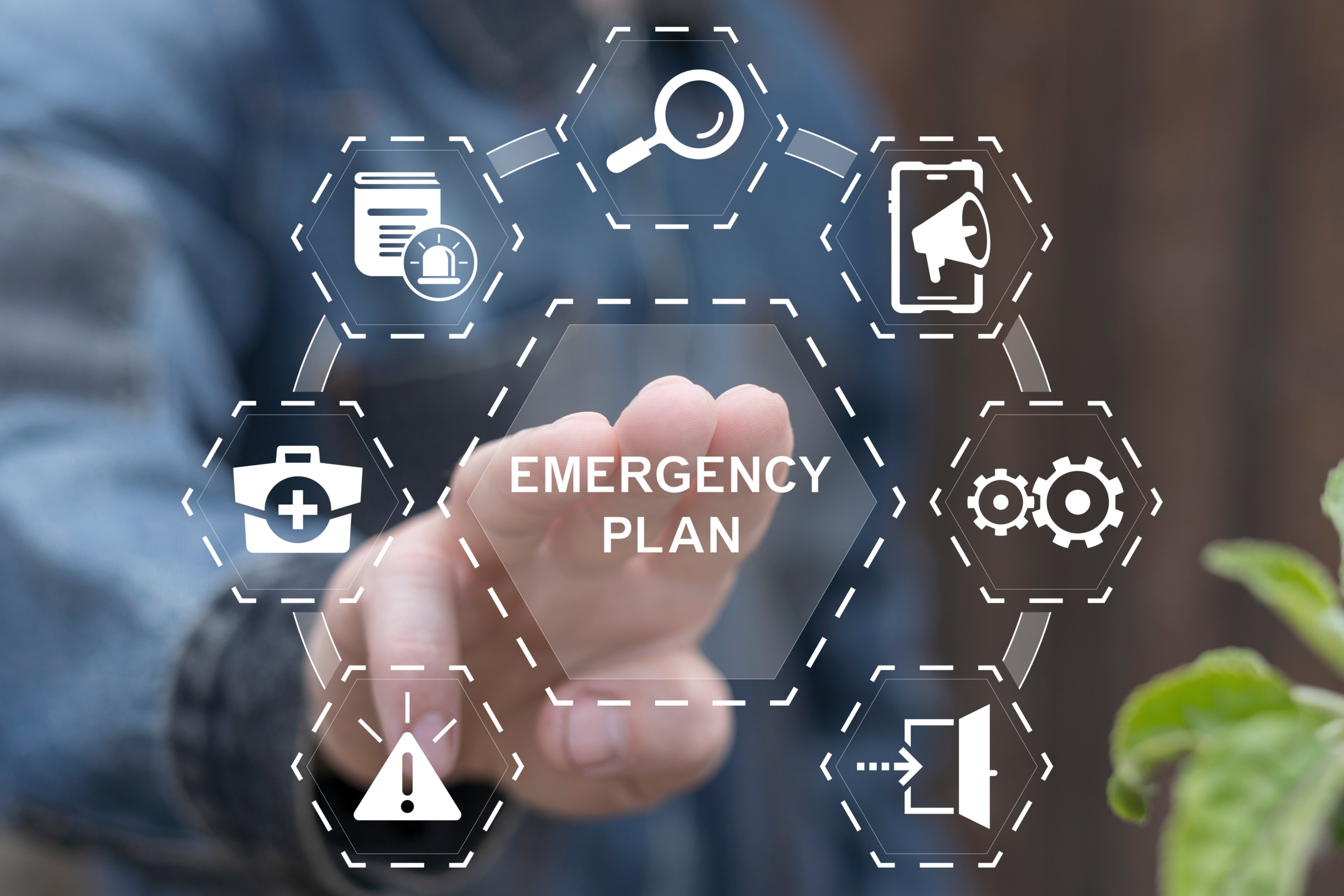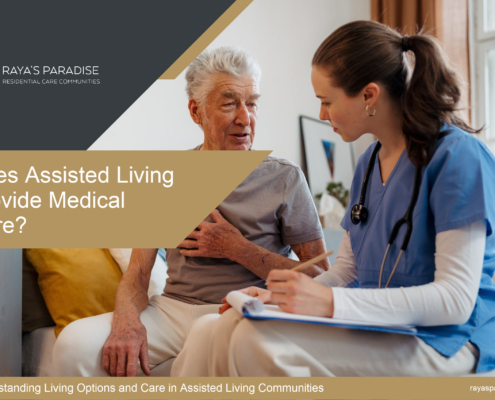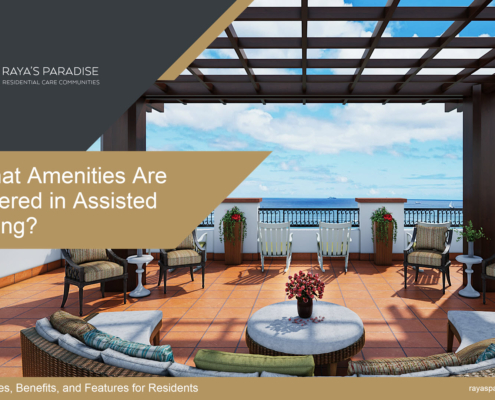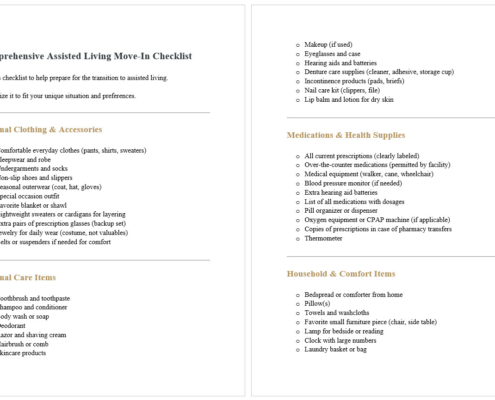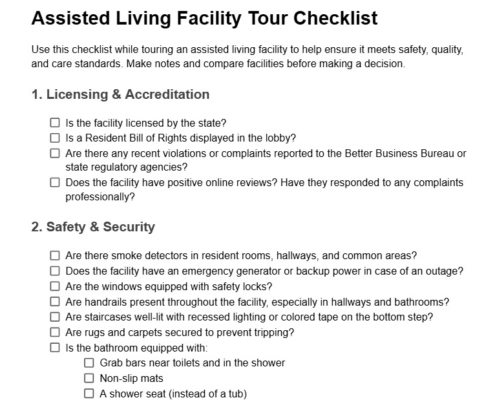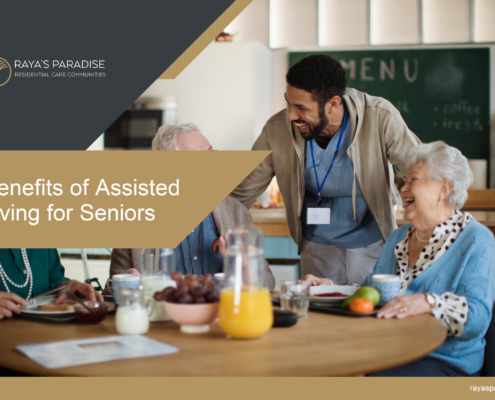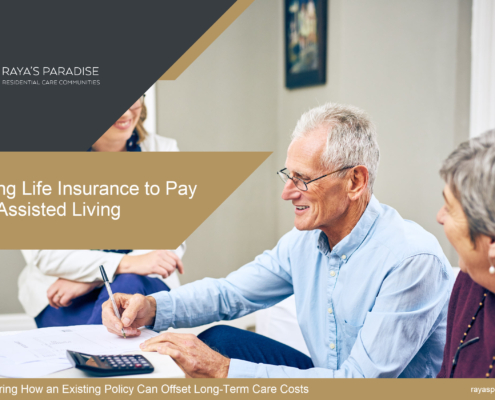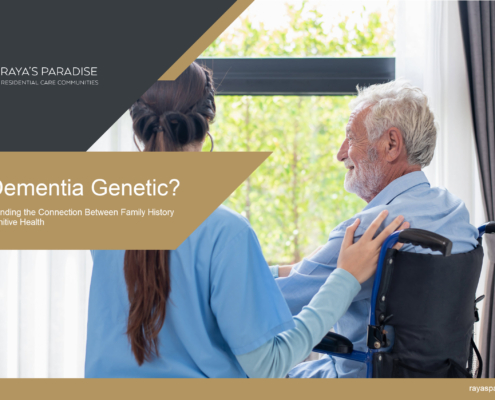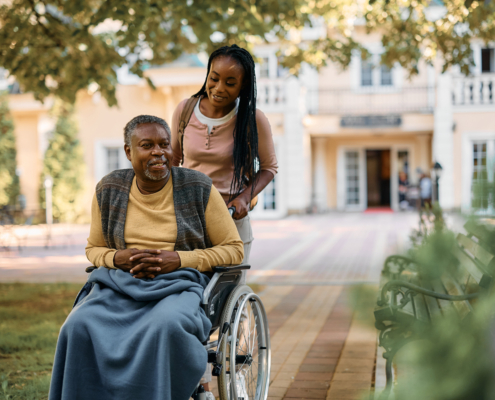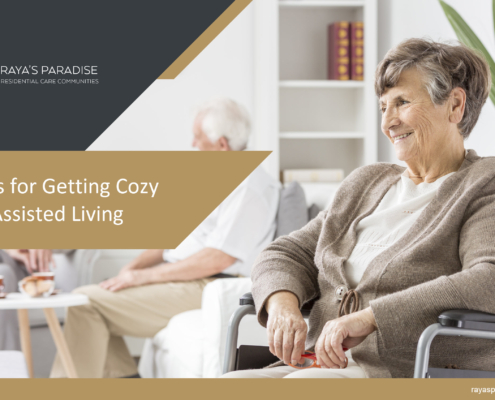Contents
- Is Your Assisted Living Facility Prepared for an Emergency?
- Key Takeaways
- Why Disaster Planning Matters
- Evaluating a Disaster Plan
- Where to Learn More
- Protect Your Loved One’s Safety
- More Assisted Living Resources
- Does Assisted Living Provide Medical Care? Understanding Living Options and Care in Assisted Living Communities
- What Amenities Are Offered in Assisted Living? Services, Benefits, and Features for Residents
- What Is the Difference Between Assisted Living and Independent Living? Understanding the Options
- Assisted Living Move-In Checklist (Free PDF Download and Print)
- Assisted Living Facility Tour Checklist – Free PDF Download & Printable Guide
- Assisted Living vs. Senior Living - How Are They Different?
- What is Assisted Living and How Does it Work?
- What Are the Benefits of Assisted Living? 24-Hour Support, Socialization, Nutritious Meals and Peace of Mind
- Cost of Assisted Living in the Greater Los Angeles Area
- When’s the Best Age to Move to a Board and Care Community?
- Using Life Insurance to Pay for Assisted Living
- Is Dementia Genetic?
- How to Thank Assisted Living Staff
- How Often Should You Visit Your Parent in Assisted Living?
- Tips for Getting Cozy in Assisted Living
Is Your Assisted Living Facility Prepared for an Emergency?
Emergencies often strike without warning, and for older adults in assisted living, preparedness is more than a precaution. It’s a lifeline. Whether it’s an earthquake, wildfire, or extended power outage, the strength of a facility’s disaster plan can make all the difference in safety and wellbeing.
Key Takeaways
Every assisted living facility is required to maintain a written disaster plan, but the level of readiness can vary.
Reviewing the plan yourself and asking pointed questions will help you gauge whether your loved one will be protected.
A strong disaster plan includes training, supplies, communication protocols, and continuity of care.
Why Disaster Planning Matters
Federal and state regulations mandate that assisted living communities keep emergency protocols up to date. Even so, some facilities only meet the minimum requirements rather than planning thoroughly. Before you decide where your loved one will live, it helps to see firsthand whether emergency preparation is taken seriously.
If a facility hesitates to share their written disaster plan with you, that’s worth noting. Good management teams understand that transparency is part of earning families’ trust. When you have the plan in hand, imagine what would happen during a major incident. Walk yourself through each step: Are residents accounted for? Is staff trained to lead and respond? Will essential care continue?
Evaluating a Disaster Plan
When you review a plan or meet with staff, consider these points carefully:
Comprehensiveness
Does the plan address the risks most relevant to the facility’s location? For instance, in California, earthquake readiness is a must. In other areas, flooding or tornadoes may be the primary threats.
Staff Training and Leadership
Ask how often staff receive training and whether drills are conducted with residents. A plan sitting in a binder isn’t much help without hands-on practice. Find out if there’s always a trained leader on site who knows how to coordinate a response. Facilities that plan ahead typically have protocols to bring in extra staff when needed.
Disaster Kits and Supplies
An effective community keeps emergency kits stocked and accessible. Look for at least a week’s worth of water, shelf-stable food, first aid materials, flashlights, batteries, and sanitation items. Some facilities also include backup power sources and emergency medications.
Continuity of Care
Even under emergency conditions, residents’ daily health needs remain unchanged. Confirm that care plans can be followed during a disaster. Medical records and essential information should be easy for staff to access even if the power fails.
Medication Access
Ask how medications will be stored, tracked, and dispensed. During a crisis, delays in treatment can quickly become life-threatening for residents with chronic conditions.
Family Communication
Reliable updates matter when you can’t be there yourself. Find out exactly how the facility will contact family members to share information and instructions.
Regular Plan Updates
Disaster planning isn’t something to write once and forget. Ask when the plan was last revised and how frequently it’s reviewed for improvements.
Where to Learn More
To get familiar with best practices and standards for emergency preparedness, you can visit these trusted resources:
FEMA Developing and Maintaining Emergency Operations Plans (PDF)
FEMA Preparing for Disaster (PDF)
American Red Cross Disaster Preparedness Plan
American Red Cross How to Prepare for Emergencies
American Red Cross Disaster Recovery Services
American Red Cross Disaster Relief
These guides will help you ask the right questions and feel more confident in your assessment.
Protect Your Loved One’s Safety
At Raya’s Paradise, our communities are committed to providing reliable safety protocols and clear communication, no matter what comes our way. If you’d like to learn about our emergency plans and see how we prepare for unexpected events, call us to schedule a private consultation or tour.
Call us today at (310) 289-8834 to learn more about our assisted living and memory care options.
Email us at Info@RayasParadise.com to speak with a knowledgeable team member.


